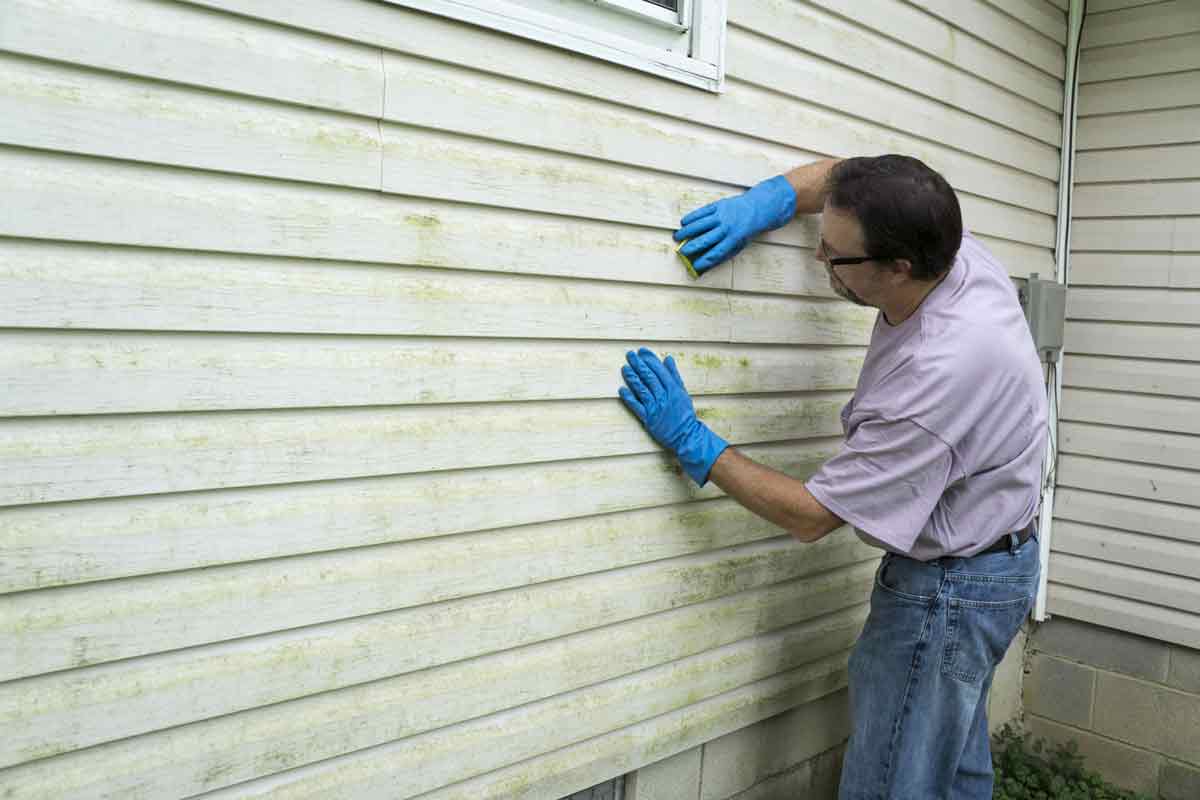
Pressure washing is one of the most effective ways to make your home’s exterior look fresh and clean—but not all surfaces respond the same way to that intense blast of water. So it’s no surprise that one of the most common questions homeowners ask is:
“Is pressure washing safe for all types of siding?”
🔧 The answer? It depends. While many siding materials can handle pressure washing, some require extra caution—and others should only be cleaned with lower pressure or alternative methods.
Let’s break it down by siding type, go over the do’s and don’ts, and show you how to safely restore your home’s curb appeal without causing damage. 🧠✨
🧱 Common Types of Siding and Their Pressure Washing Tolerance
Here’s a quick look at which siding materials are safe to pressure wash—and which ones need a gentler approach:
| Siding Type | Safe to Pressure Wash? | Notes |
|---|---|---|
| Vinyl | ✅ Yes | Use medium pressure (1,300–1,600 PSI) |
| Wood (Cedar, etc.) | ⚠️ Caution | Use low pressure; risk of damage or rot |
| Aluminum | ✅ Yes | Low to medium pressure to avoid denting |
| Fiber Cement | ⚠️ Caution | Often best with low pressure or soft wash |
| Stucco | ⚠️ Very Cautious | Soft wash only; prone to chipping |
| Brick | ✅ Yes | Use medium pressure; avoid mortar lines |
| Stone (natural or faux) | ✅ Yes | Use moderate pressure; avoid cracks |
| Engineered wood | ⚠️ Caution | Soft wash only; can swell or crack |
As you can see, vinyl, brick, and stone tend to be the most pressure-washer-friendly. Wood, stucco, and fiber cement require a much lighter touch.
Browse Amazon Here For Top Rated Power Washers And Accessories
🚿 How to Pressure Wash Siding Safely
No matter what your siding is made of, here are best practices to protect it during a pressure washing session:
✅ 1. Use the Right Nozzle
Choose a wider-angle nozzle (25° or 40°) for soft, even spraying. Narrow nozzles (like 0° or 15°) can damage siding or strip paint.
✅ 2. Control the Pressure
- Vinyl and aluminum: 1,300–1,600 PSI
- Wood: under 1,200 PSI
- Stucco and fiber cement: use low-pressure setting or soft wash method
Always test on a small, hidden section first!
✅ 3. Spray at the Right Angle
Never spray upward at an angle under siding panels—this can force water behind the siding and into the walls. Always spray horizontally or downward to prevent intrusion.
✅ 4. Keep a Safe Distance
Stay at least 2–3 feet away from the siding to avoid gouging, cracking, or loosening panels.
✅ 5. Use the Right Cleaner
Use siding-safe detergents—not bleach or harsh chemicals that can damage finishes, kill nearby plants 🌿, or strip protective coatings.
Browse Amazon Here For Popular Power Washing Detergents
🪵 Special Notes on Delicate Siding Types
🪵 Wood Siding (Cedar, Pine, etc.)
- Pressure can raise the grain or splinter wood
- Water can penetrate cracks and cause mold or rot
- Use very low pressure and treat with wood-safe cleaner
- Always re-seal or stain wood after washing to protect it from the elements
🏚️ Stucco
- Extremely porous and prone to chipping
- Never use high pressure
- Use soft wash (low pressure + detergent + rinse)
- Avoid spraying directly into cracks or holes
🧱 Brick and Mortar
- Pressure washing is generally safe, but avoid blasting mortar joints
- Focus on surface dirt and mold
- Avoid washing newly installed or old crumbly brickwork
🧼 Soft Washing: The Safer Alternative
For delicate siding types, soft washing is often the safer alternative. It uses:
- Low pressure (under 500 PSI)
- Special surfactants and detergents
- Long dwell time before rinsing
Soft washing gently lifts dirt, algae, and mildew without damaging the surface. It’s ideal for:
- Stucco
- Painted wood
- Fiber cement
- Older or fragile siding
Pro tip: Many pressure washers have a soft wash setting or can be adapted with a downstream injector or soap nozzle. 🧴
🧠 Final Thoughts
So—is pressure washing safe for all types of siding?
Not exactly, but with the right equipment and method, it can be safe for most.
To recap:
- ✅ Vinyl, brick, and stone can typically be pressure washed safely
- ⚠️ Wood, stucco, and fiber cement need low pressure or soft washing
- 🔧 Use wide-angle nozzles, low PSI, and safe cleaners
- 🧼 Soft washing is ideal for fragile materials
- ❌ Never spray upward or too close to the siding
The key is to respect your siding’s limits. Done right, pressure washing will keep your home looking like new—without the risk of damage. 💧🏠✨
Browse Amazon Here For Top Rated Power Washers And Accessories






